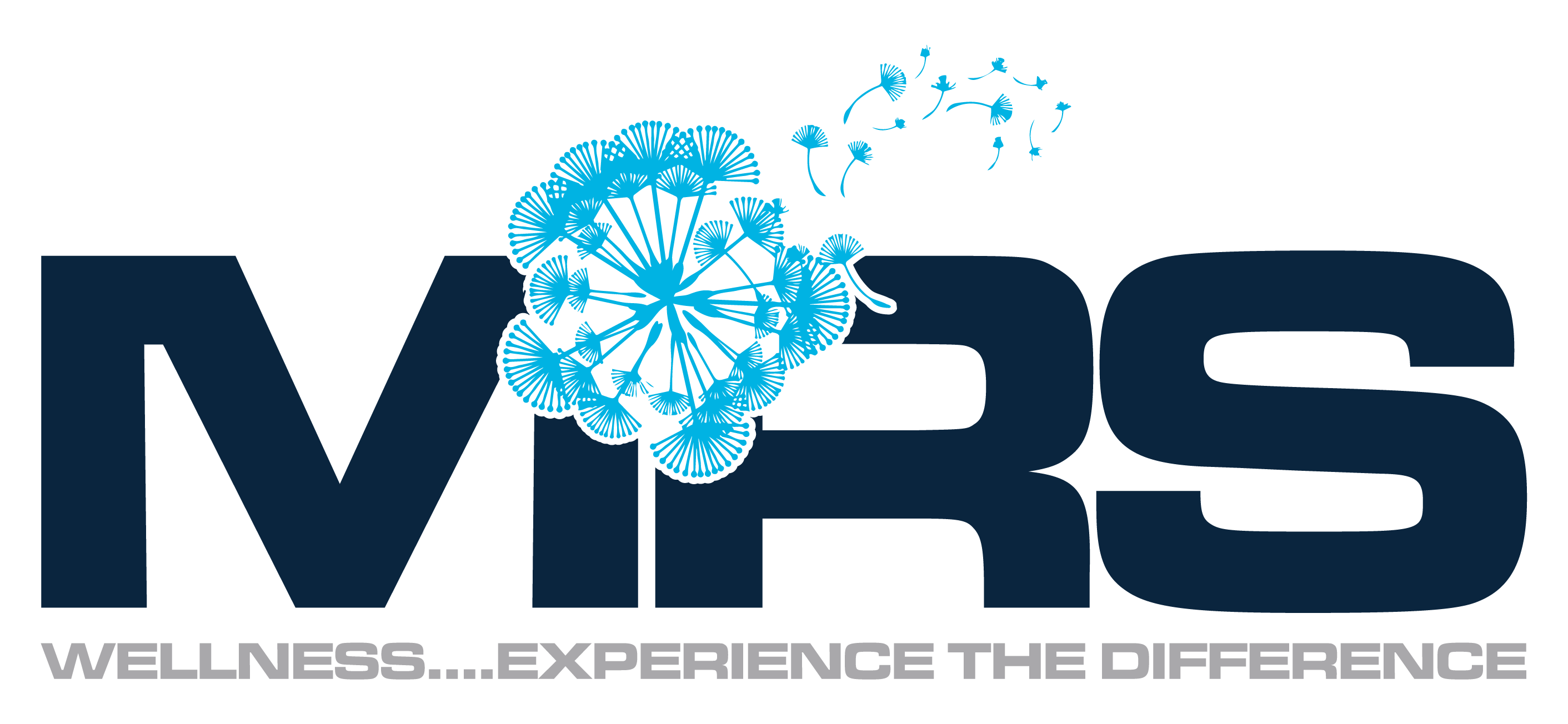The critical role played by mast cells in immunologic responses that cause sneezing and wheezing.
By: MRS Allergy Medical Director Dean C. Mitchell, MD, Board Certified Immunologist and author of Allergy & Asthma Solution
Do you remember studying about mast cells when you took histology or immunology in medical school? You probably had a half hour lecture on mast cells and how they are involved in allergic diseases… and that was all; topic finished.
Mast cells are not well understood by many because for a long time allergy researchers were the only specialty interested in this particular type of cell. They line the mucosal tissue in the respiratory tract (nose and lungs), gastrointestinal tract and skin, mainly. These cells are clearly part of our immune defense system and yet seem to be mainly used against us in the form of participating in allergic reactions.
In immunology, we know that the surface of mast cells display numerous IgE receptors, and that these receptors attach to IgE antibodies that are specific to airborne or food allergens. Once enough IgE binds to these receptors, the antibodies cross-link and then comes the cascade of histamines, leukotrienes and prostaglandins that cause sneezing and wheezing.
The Culprits: Indoor Allergens & Pollens, Foods and Drugs
- Indoor Allergens: dust mites and mold are ubiquitous and cause allergic reactions all year round.
- Pollen: trees, grasses and ragweed are the major pollens that cause significant allergic reactions.
- Foods: beyond the “big 9” foods (milk, eggs, peanuts, fish, crustaceans, shellfish, wheat, soy and sesame) yeast, barley, corn, and rice can also trigger allergic reactions.
- Drugs: codeine, NSAIDS and antibiotics are major mast cells destabilizers.
Reactive Approaches to Treatment: trying to calm mast cell reactions:
- Antihistamines (Allegra, Claritin, Zyrtec & Xyzal) help clear histamine released from mast cells once an allergic reaction in underway–but it’s a bit like “the horse is out of the barn”; the clinical symptoms are already developing or full blown, and you are just trying to slow down the process.
- Corticosteroids, whether topical or oral, also block the affects of all those mediators released, but they have significant side effects mainly in the oral form and should be used only occasionally.
- Epinephrine injectable plays a critical role in severe allergic reactions, including anaphylaxis, by choking off the further release of mast cell mediators.
Proactive approaches: stabilize the mast cells preemptively:
- Nasalcrom (sodium cromolyn) is a non-steroidal nasal spray that stabilizes mast cells and helps prevent an allergic response. It has been available for over 4 decades and while it doesn’t take effect as quickly as nasal steroids, it is even safer, highly effective, and ideal for use in children and adults.
- Intal (sodium cromolyn) is another preparation used in nebulizer to prevent allergic bronchospasm and exercise induced asthma.
- Immunotherapy, whether by injection or in sublingual format is also an ideal way to stabilize mast cells such that when the immune system encounters an allergen, it doesn’t trigger an allergic inflammatory response.
Once you think of allergic conditions with an eye toward how mast cells are being activated it helps guide your therapy with more precision.
